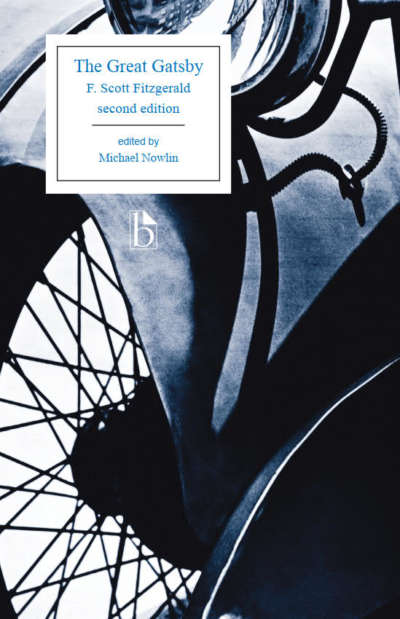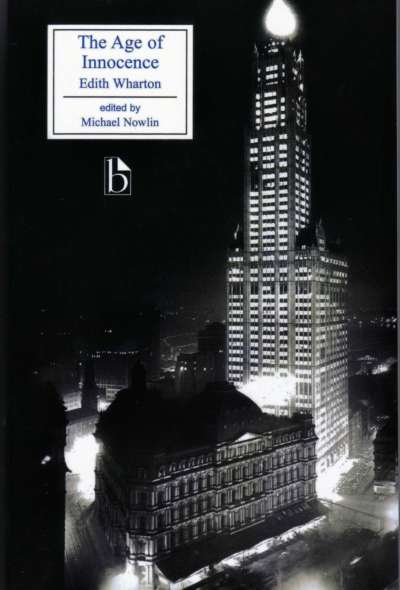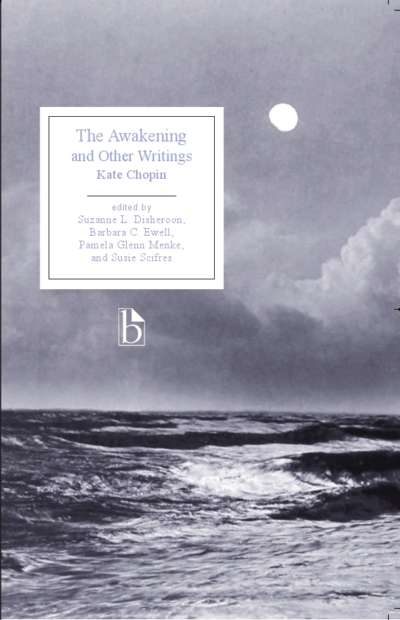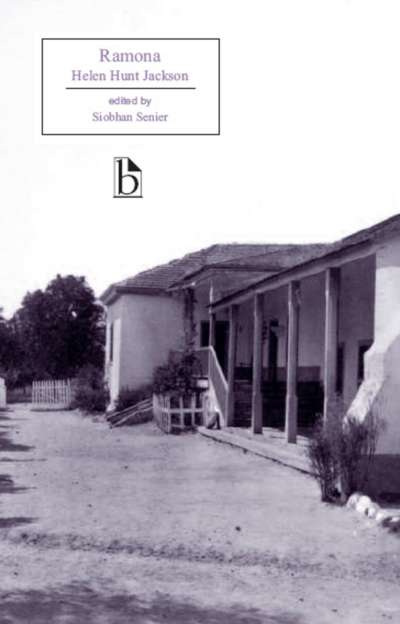
This amply annotated edition of Wharton’s 1911 classic novella includes textual notes and documents, including Wharton’s preface, letters, reviews, and early short story, “Mrs. Manstey’s View.” It is accompanied by the editor’s comprehensive introduction and a wide array of readings on topics central to the novella: tragedy, health and fitness, sex and marriage, and turn-of-the-century New England poverty and isolation. Of her twenty-five novels and novellas, Ethan Frome is the one of which Edith Wharton was most proud. Historically viewed as a high society writer or novelist of manners, Wharton is now receiving her due as an astute chronicler and critic of American life who brought literary realism to new levels and helped to usher in a period of modernist innovation.
This Broadview Edition demonstrates that Ethan Frome, a nightmarish saga of thwarted romance, is not an anomaly in Wharton’s career, but a natural outgrowth of her interest in the interplay of individual and society.
Comments
“The Broadview Ethan Frome is that rare edition of a classic that will satisfy everyone. Carol Singley’s comprehensive and beautifully-crafted introduction invites readers to consider deeply the themes and contexts of the novel. The collection of reviews, criticism, and contemporary commentary on health, marriage, masculinity, suicide, and other relevant issues will intrigue readers for its own sake and will enrich their understanding of the ‘envelope of circumstance’ in which Ethan Frome was written and has been read. This is a worthy addition to the Wharton canon.” — Irene Goldman-Price, editor of My Dear Governess: The Letters of Edith Wharton to Anna Bahlmann
“Carol Singley’s fine edition of Ethan Frome provides a detailed introduction to the novel’s main themes and contexts, helpful explanatory notes throughout the text, and a useful bibliography for further reading. The range of secondary materials is excellent and highlights various aesthetic concerns, including the novel’s reception and its relationship to modernist literary technique, as well as its engagement with classic and modern definitions of tragedy. The novel’s cultural contexts are illuminated by materials focusing on health and fitness; sexuality, marriage, and divorce; suicide; and technological progress and economic issues in New England and the broader U.S. The edition also contains a judicious selection of correspondence revealing Wharton’s thoughts on issues such as marriage and relationships, illness, and the novel’s publicity. The edition is a wonderful resource for students, teachers, and researchers.” — Gary Totten, North Dakota State University
Acknowledgements
Introduction
Edith Wharton: A Brief Chronology
A Note on the Text
Ethan Frome
Appendix A: Writings by Edith Wharton
- Introduction to Ethan Frome (1922)
- From The Writing of Fiction (1925)
- From A Backward Glance (1934)
- “Mrs. Manstey’s View” (10 July 1891)
Appendix B: Correspondence
- Edith Wharton to Elizabeth Frelinghuysen Davis Lodge (20 June [1910])
- Edith Wharton to Bernard Berenson (4 January [1911])
- Edith Wharton to W. Morton Fullerton (16 October [1911])
- Henry James to Edith Wharton (25 October 1911)
- Edith Wharton to Charles Scribner (27 November [1911])
Appendix C: Contemporary Reviews and Commentaries
- From The New York Times (8 October 1911)
- From Outlook (21 October 1911)
- From The Nation (26 October 1911)
- From The Saturday Review (18 November 1911)
- From John Curtis Underwood, “Culture and Edith Wharton” (1914)
- From William Lyon Phelps, “The Advance of the English Novel,” The Bookman (July 1916)
- From Katharine Fullerton Gerould, Edith Wharton: A Critical Study (1922)
- From Alfred Kazin, “The Lady and the Tiger,” Virginia Quarterly Review (Winter 1941)
- From Percy Lubbock, Portrait of Edith Wharton (1947)
Appendix D: Tragedy
- From Aristotle, Poetics (335 BCE)
- From Arthur Miller, “Tragedy and the Common Man” (1949)
- From Richard Sewall, The Vision of Tragedy (1980)
Appendix E: Health and Fitness
- From Theodore Roosevelt, “The Strenuous Life” (1902)
- From Samuel McComb, “The Power of Suggestion in Nervous Troubles” (May 1908)
- From Sigmund Freud, Three Essays on Sexuality (1905) and “The Economic Problem of Masochism” (1924)
- From George Kennan, “The Problems of Suicide” (June 1908)
Appendix F: Sex and Marriage
- Junius Browne, “Romantic Marriages” (January 1895)
- From Mrs. P.T. Barnum, “Moths of Modern Marriage” (March 1891)
- From Byron Hall, “A Lesson Conjugal” (1 September 1903)
- From William Lee Howard, Facts for the Married (1912)
- “Separation the Cure for Matrimonial Woe” (16 January 1905)
- From “Felix Adler on Divorce” (26 January 1905)
Appendix G: New England and the Nation
- “Lenox High School Girl Dashed to her Death,” The Berkshire Evening Eagle (12 March 1904)
- “A Sleeping Giant,” The Youth’s Companion (18 November 1909)
- From Rollin Lynde Hartt, “The Regeneration of Rural New England,” Outlook (3 March 1900)
- From “The Value of Natural Scenery,” Outlook (26 September 1908)
Appendix H: Photographs
- The Mount, Lenox, Massachusetts (1906)
- The Mount, Lenox, Massachusetts (1906)
- Edith Wharton (1910)
- Wharton’s Library, The Mount (undated)
- Sledding in Lenox, Massachusetts (1890s)
- Cover of Ethan Frome, the Play (1936)
Works Cited and Further Reading
Carol Singley is Professor of English at Rutgers University, Camden, New Jersey. A past president of the Edith Wharton Society, she has published several books on Wharton.














